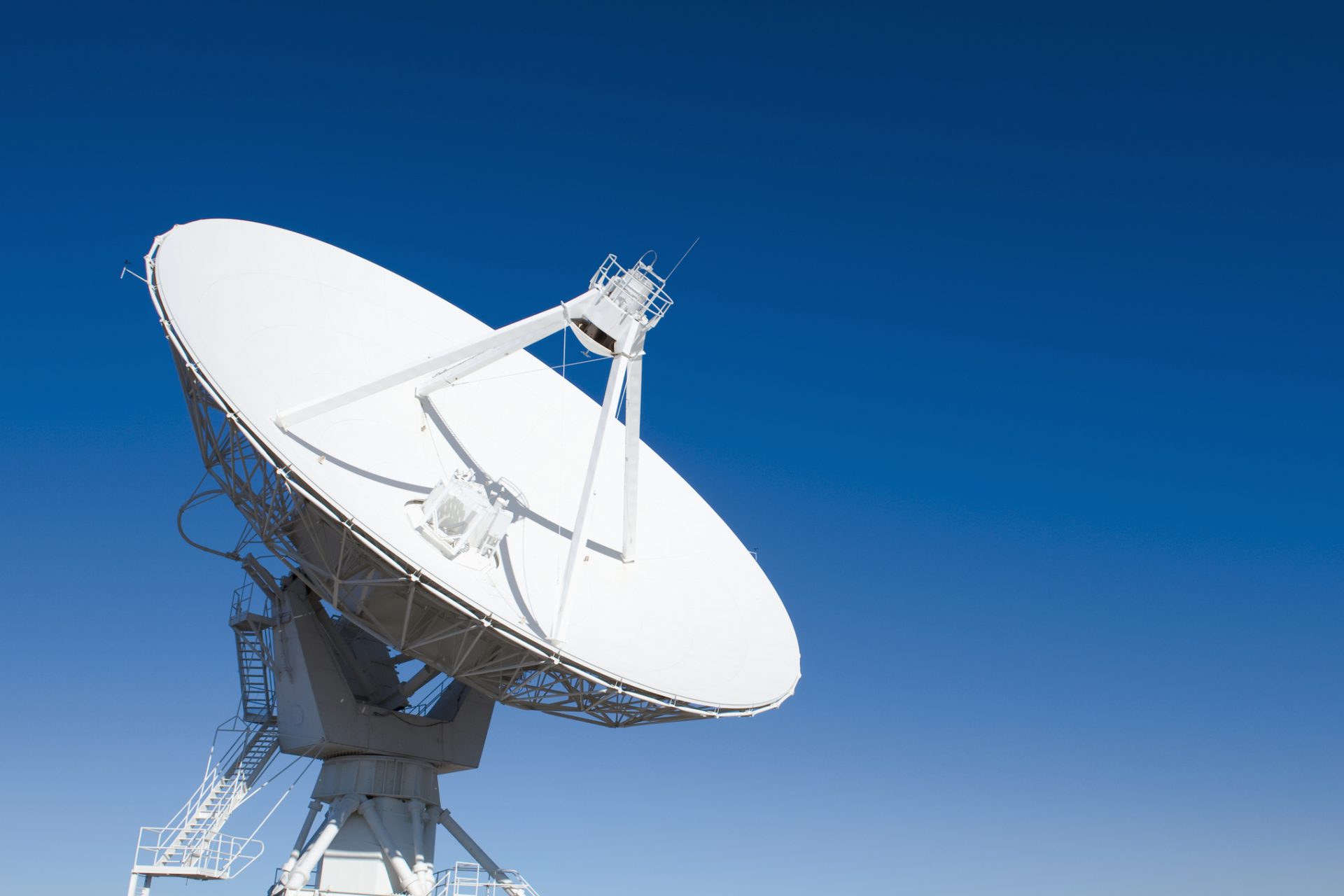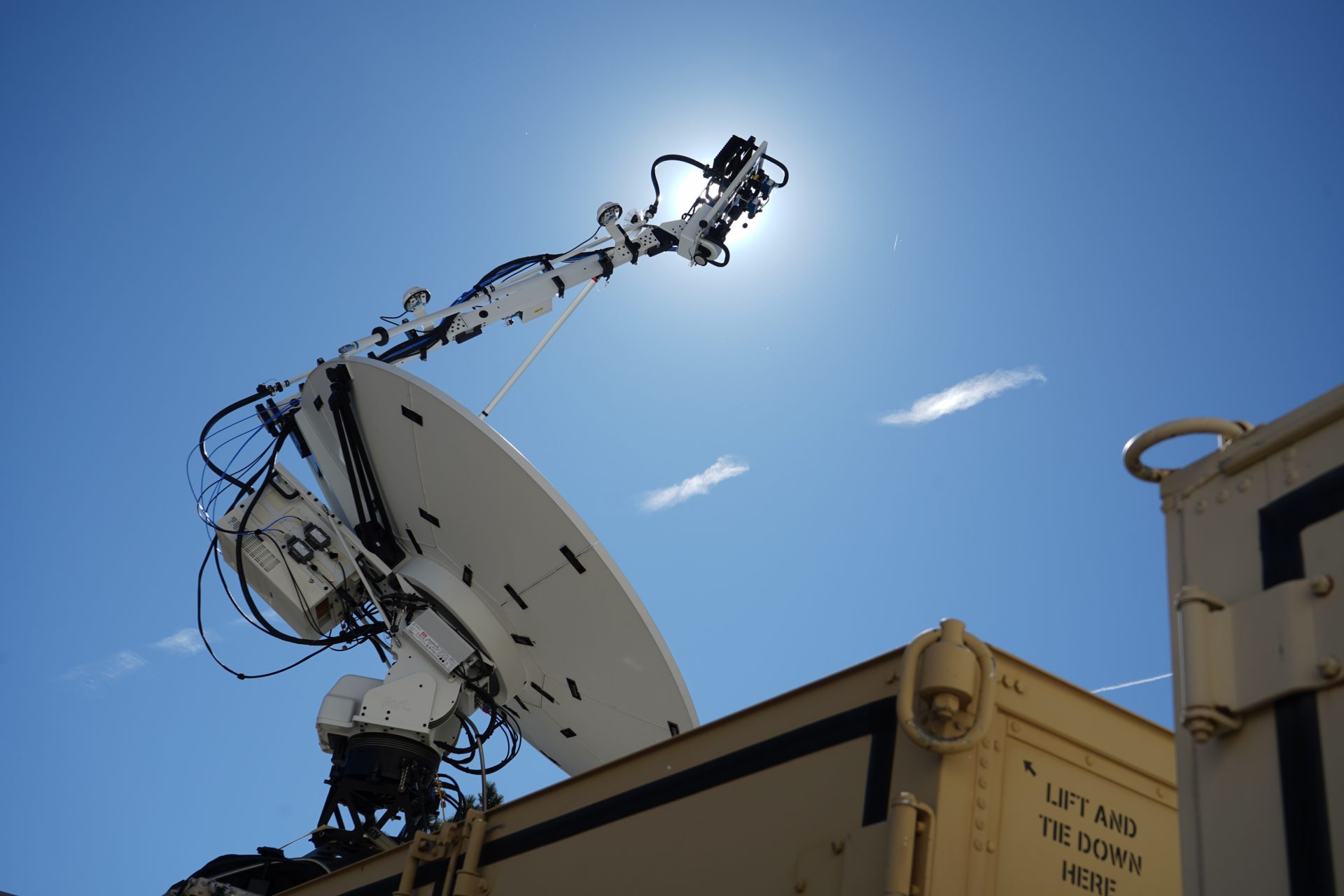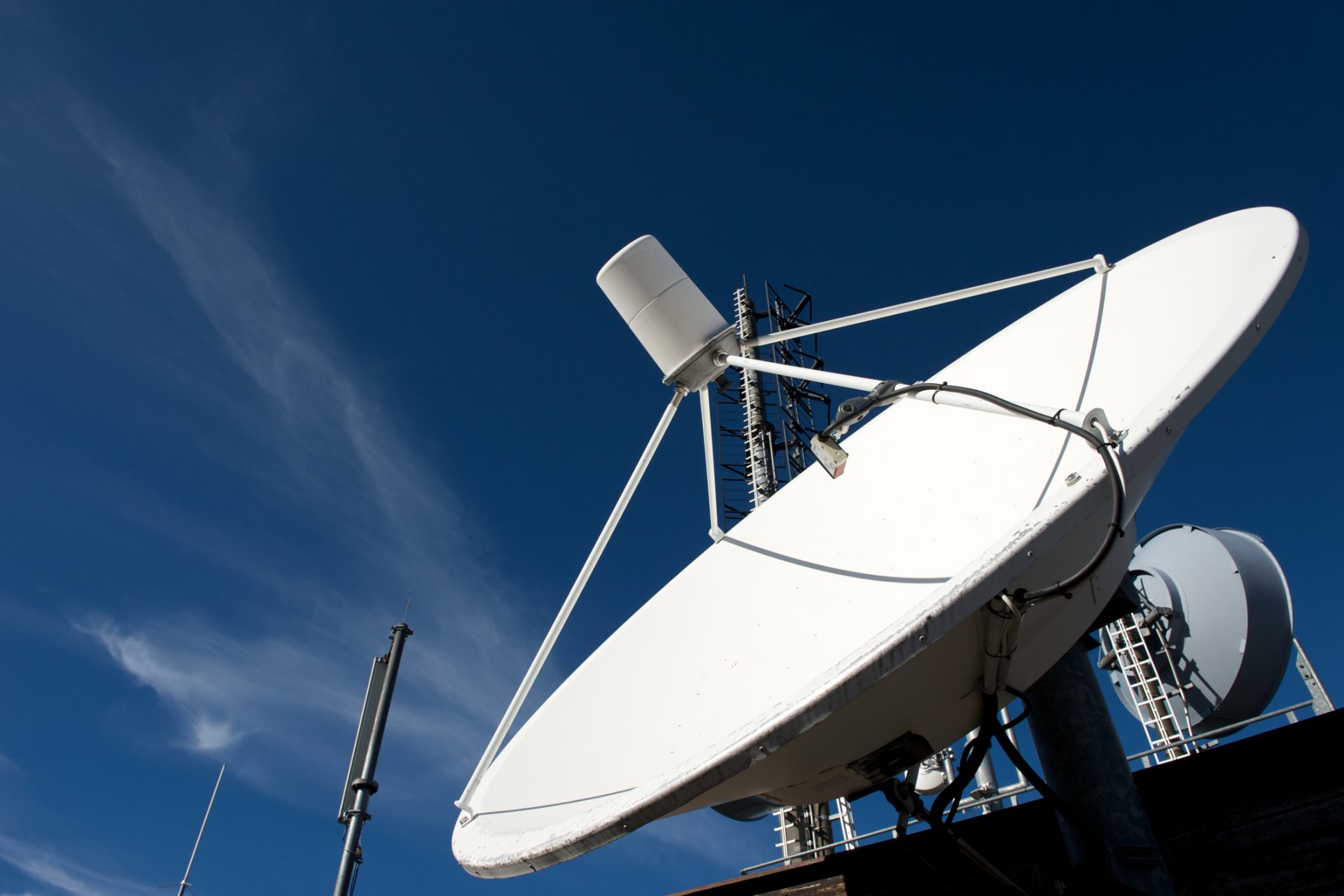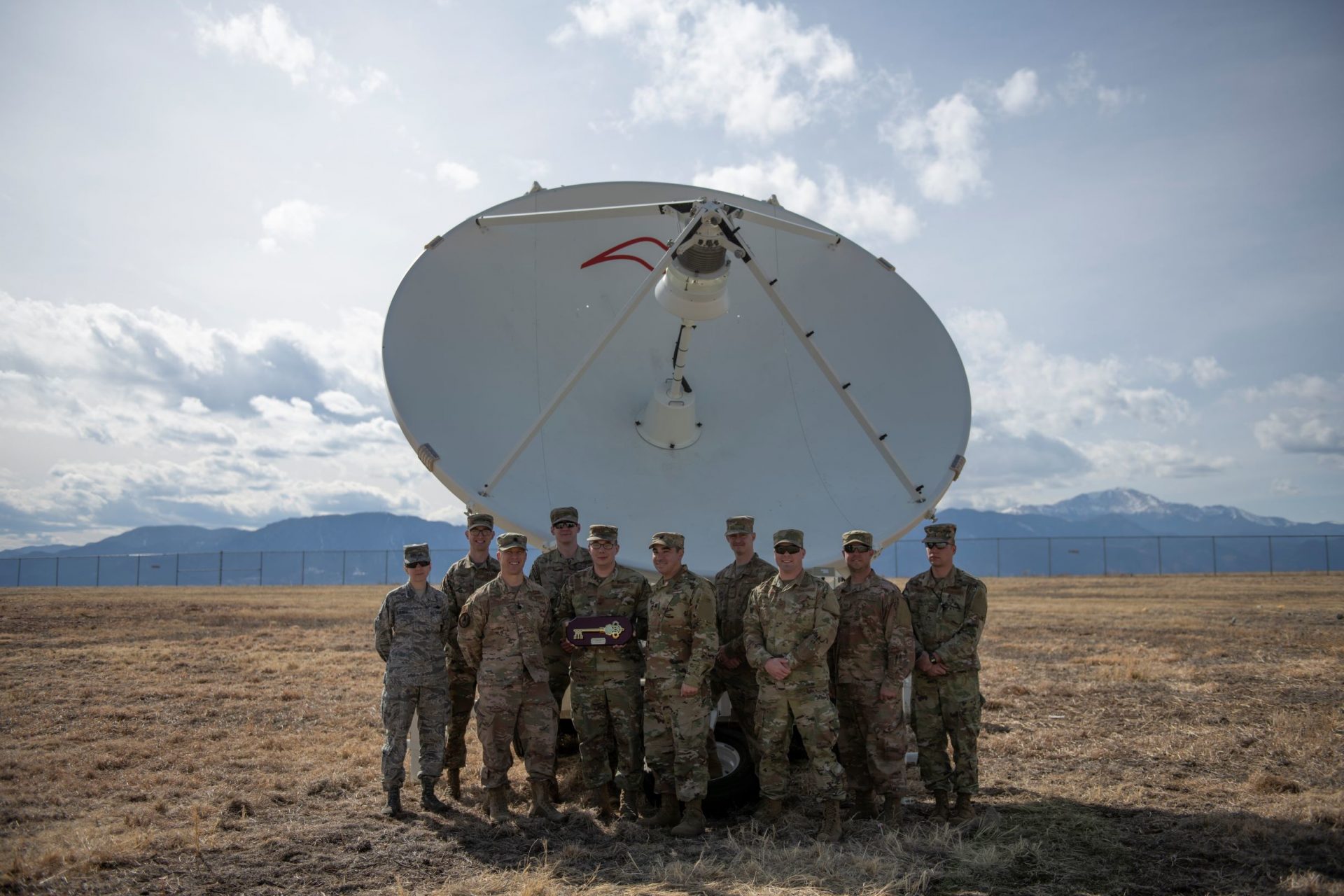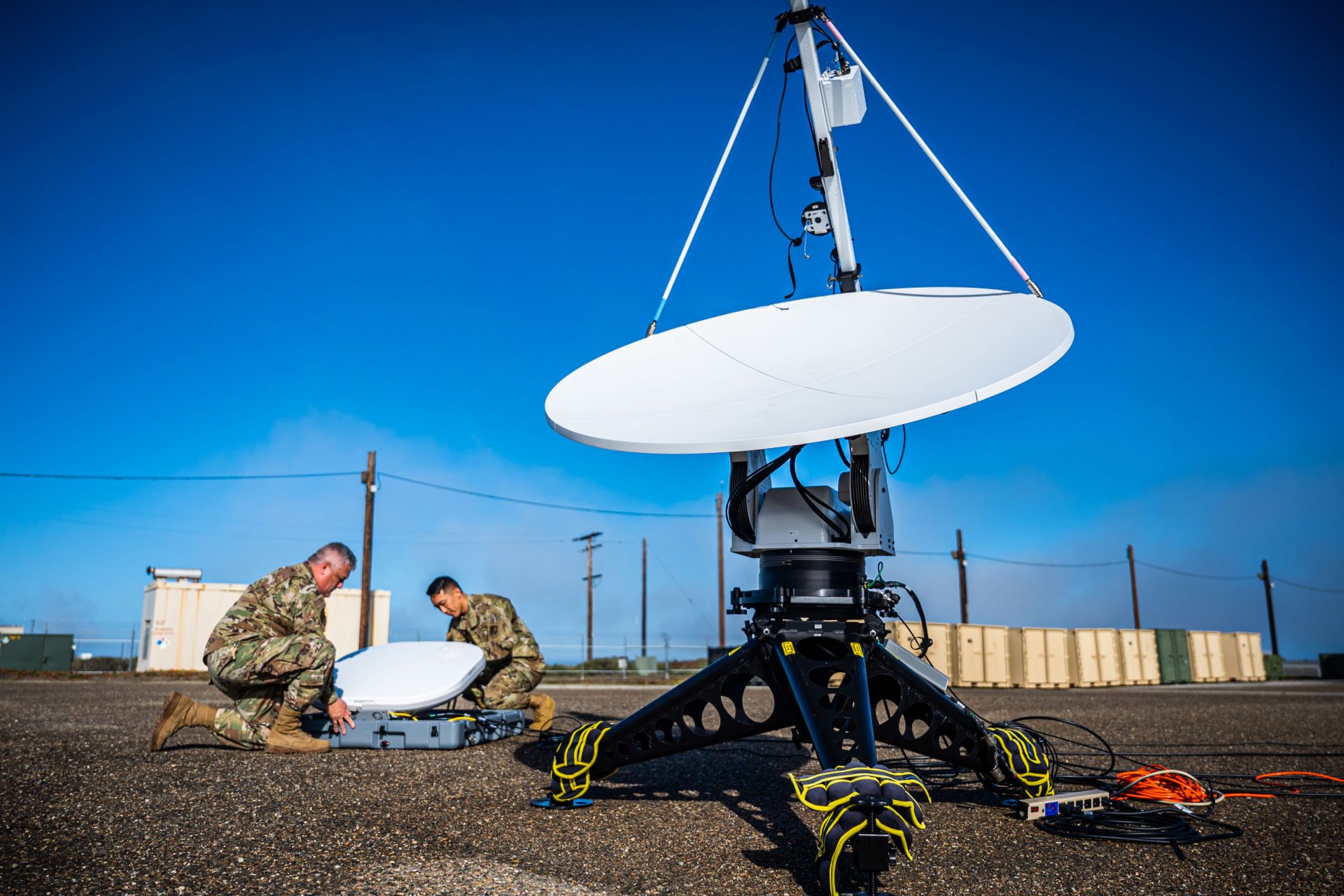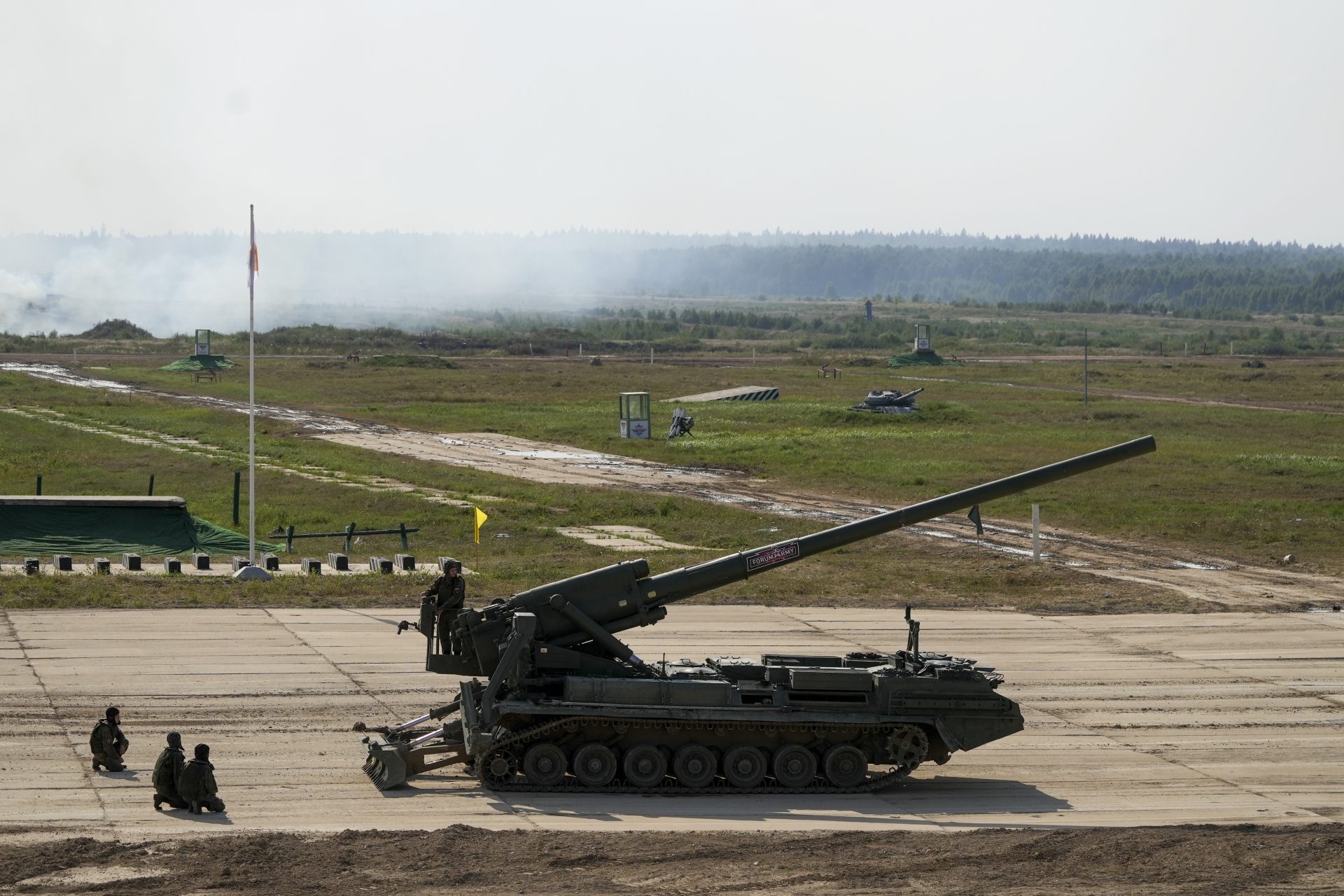Meet the Remote Modular Terminal: America's new anti-satellite weapon
The world is becoming more and more polarized and the future of global warfare is changing before our eyes, but the United States is keeping up with the shifting demands of the technological age and began preparing to deploy an advanced new piece of tech in 2024: the Remote Modular Terminal.
The Remote Modular Terminal (RMT) is a new type of ground-based low-cost jammer system that was built with off-the-counter commercial components and designed to counter threats from Russia and China according to reports.
Bloomberg News reported in July 2024 that the RMT was developed by the U.S. Space Force to prevent Russia or China from being able to transmit information about U.S. forces during a conflict, yet the jammers were described by the Pentagon as purely defensive.
The RMT can “jam enemy satellites by flooding the airwaves with competing signals,” according to Joe Sabella of The Defense Post, who added the flood of signals clogs the airwaves and disrupts communications.
Photo Credit: U.S. Air Force By Capt. Charles Rivezzo
“Although details about the RMT are scarce, official photos available online show the device resembling a satellite dish with a diameter of around 10 feet (3 meters),” Sabella wrote about the appearance of the Space Force’s Remote Modular Terminals.
The new ground-based jammers were not developed to protect American satellites from Russian or Chinese jamming tempts but to “counter adversary satellite communications capabilities that enable attacks,” the Space Force explained to Bloomberg in a statement.
“The Pentagon strives — on the rare occasions when it discusses such space capabilities — to distinguish its emerging satellite-jamming technology as purely defensive and narrowly focused,” wrote Bloomberg’s Anthony Capaccio.
The Space Force tested their new jammers earlier in 2024 at two different locations and used a third location as a control. Space Training and Readiness Command (STARCOM) evaluated things like system latency, target engagement accuracy, and network security.
Photo Credit: U.S. Air Force By Capt. Charles Rivezzo
“This event demonstrates the service’s new vision for integrated developmental and operational tests to provide more relevant capabilities to guardians faster,” U.S. Space Force Lieutenant Colonel Gerrit Dalman said in a statement. It should be noted that the Space Force calls its members 'guardians'.
Photo Credit: U.S. Air Force By Capt. Charles Rivezzo
Defense Post reported that while details of the RMT remain scarce, we do know the system was designed “to render enemy satellites useless for communications, surveillance, or weapons guidance.”
While the results of the RMT’s testing were not made public, the new system must have performed well since the Space Force plans to deploy the new ground jammers alongside its larger and medium-sized jammers known as the Counter Communications System and the Meadowlands System.
Photo Credit: U.S. Air Force By Airman 1st Class Andrew Bertain
Bloomberg reported that the first 11 of 24 RMT jammers will be deployed over the next several months while all of the available systems could be in place by the end of 2024 at a variety of locations that have not been disclosed by the Space Force.
Never miss a story! Click here to follow The Daily Digest.
Photo Credit: Wiki Commons By U.S. Space Force / Tech. Sgt. Luke Kitterman, Public Domain
More for you
Top Stories



